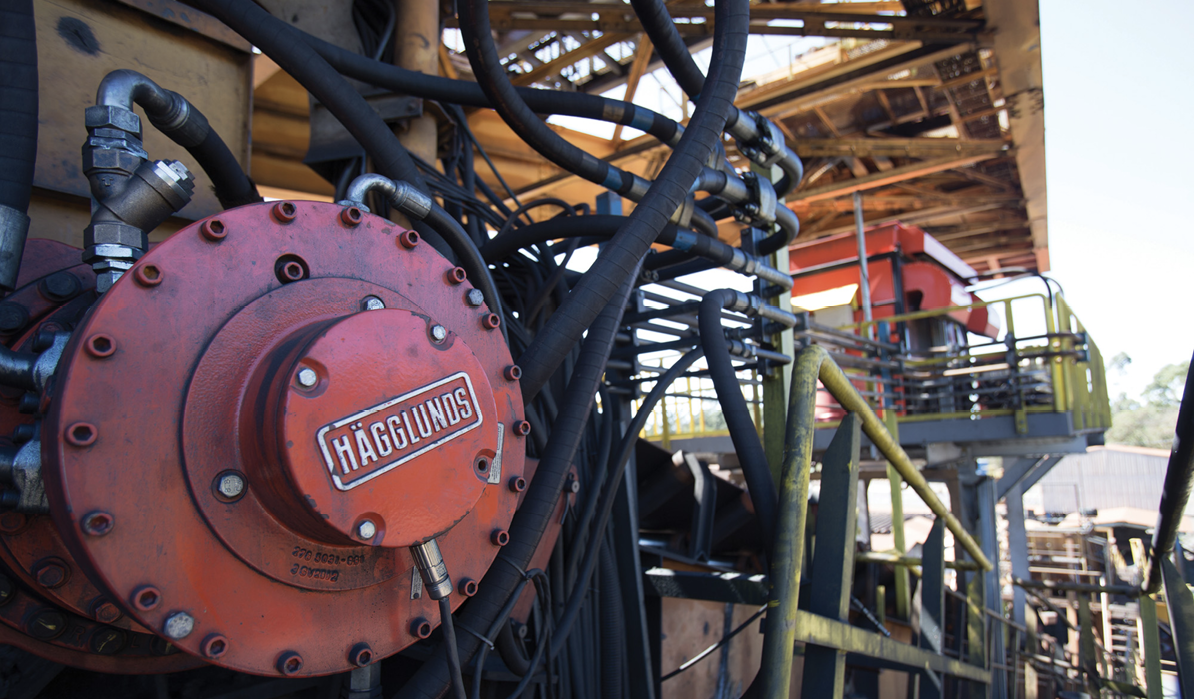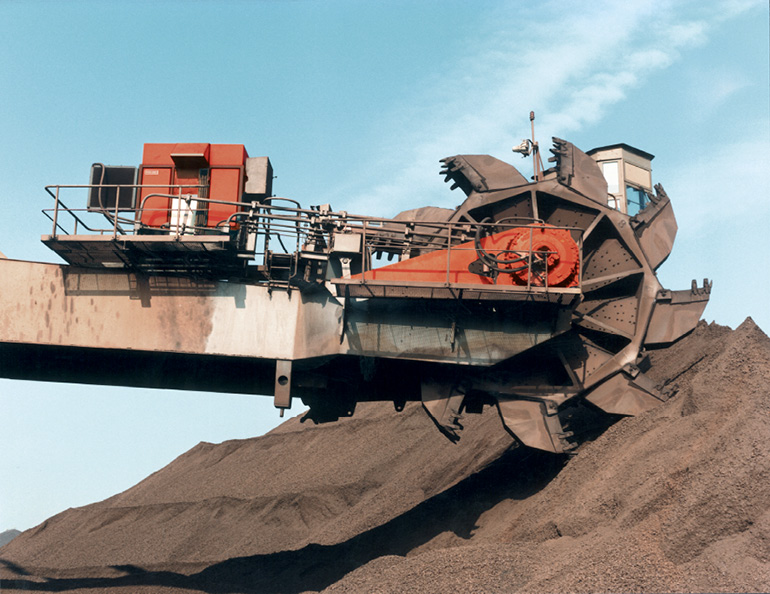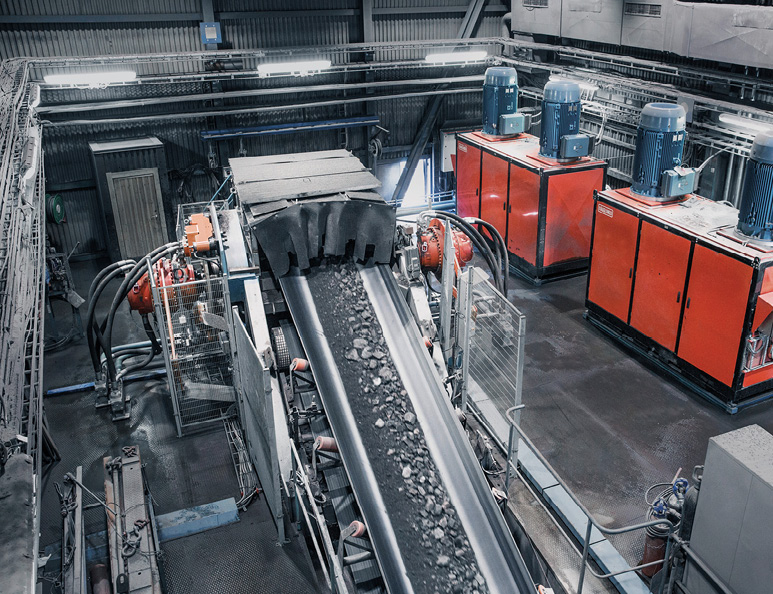NAM recently asked about mine power – specifically as it relates to an industry world that is undeniably at the crossroads of sustainability and efficiency. Bosch Rexroth-Hägglunds obliged and offered their perspective on a topic that is driven not only by regulations, but also a long-term desire for success.

Sustainable practices and their corresponding industry regulations continue to play an increasingly larger role in a variety of mining sectors. The shift to more environmentally friendly processes has been gradual, as many operators consider transitioning from established methods to newer technology that may seem unproven but claim to be better for the environment.
Often, at the core of that hesitancy lies the core of many operations – power generation – and a key piece of technology that’s a unique representative in advancing established technology and adhering to modern environmental standards.
Hydraulic direct drives are the workhorse at sites around the globe and play a pivotal role in maintaining productivity. They’ve become synonymous with longevity, as many systems can go decades without being replaced. Still, this long-standing technology continues to be refined and certain steps are being taken in their design to stay within environmental standards.
Inside the drive, one of the key considerations in keeping it within industry regulations has been the incorporation of environmentally acceptable lubricants (EALs). These biodegradable alternatives are fast becoming the standard for many drive systems and have been tested extensively for their impact on internal components as well as how they differ from traditional mineral oils. The lubricants have advanced to the point where often, it’s unnoticeable the difference between them and their predecessors and it’s only a matter of time before all hydraulic drive systems will be operating with them.
“These type fluids have undergone significant advancements in recent years and can provide equivalent levels of performance compared with their mineral-based counterparts,” said Brian Howell, Bosch Rexroth-Hägglunds Large Hydraulic Drives Sales & Operations Manager.
Additionally, the tanks for these lubricants are shrinking, which further cuts down on unnecessary usage. These lubricants obviously ensure individual components like pistons and bearings are functioning effectively and its worth noting that those, too, are constantly being upgraded with special coatings and smaller clearances to reduce wear and tear and alleviate internal stress, which ultimately promotes sustainable practices by avoiding replacement.
One of the clear external measures that has been taken in direct drive design is the actual size of the motor itself. Smaller drives are being brought to market that place less stress on the shaft without sacrificing power and productivity. This leads to leaner and lighter machinery, which can in turn have less of an impact on the environment. Along those lines, electrification within mining, including in condition monitoring of the drive itself, is a trend that will only continue to increase as operators are now identifying issues sooner and thus reducing valuable downtime spent repairing technology. More operators are also incorporating electrified machinery to supplement their operations, which can also be connected to a digital ecosystem, including the monitoring system with the hydraulic drives.

A case study in copper
There is an intriguing example currently between electrification and mining where sustainability plays a central role. As consumer usage of EV vehicles soars, so too does the need for copper, which is an essential element in battery development. Operators are flocking to copper-rich countries in Central and South America like Chile, which is home to roughly 20% of the world’s copper supply.
Despite pressing market demand, operators are facing a lengthy timeline in standing up processes, in part because they need to comply with strict environmental standards.
The biggest element that copper mine operators must consider is their impact on the local water supply.
However, as in many other mining sectors, the equipment that’s being used is now coming under additional regulation as government agencies seek to establish sustainable practices that will protect delicate ecosystems and not present any harm to residents.
While the ESG standards from copper mining may vary from other mining sectors, the widespread adoption of direct drive technology is a keystone to nearly every application and as such, represents a starting point for operators to implement sustainable processes. It’s a microcosm of the mining industry, which continues to evolve and adapt to both market demands and environmentally-friendly priorities that are quickly being adopted by countries around the world. As such, there remains an important awareness element for operators to understand the role these critical components play.
“Part of the challenge we face is education,” said Howell, “and sharing the positive benefits our drive solutions offer both in performance and in sustainability to provide a more positive total cost of ownership for the user.”

